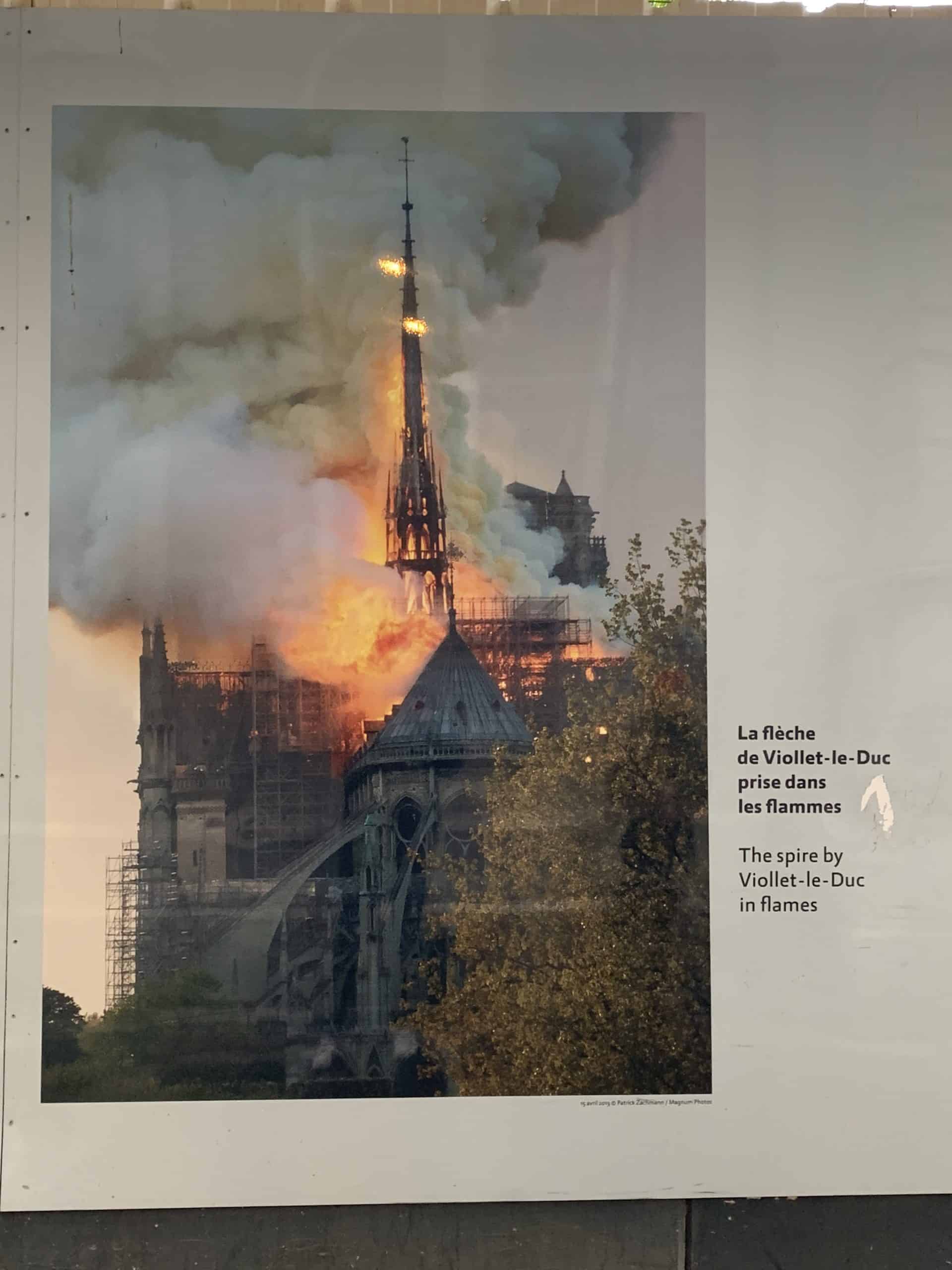
Notre Dame Cathedral was built in 1163 on a small island in the Seine River. It took almost 100 years to make it, but it has been further modified over the centuries. The most important restorations were carried out at the end of the nineteenth century when the damage suffered during the French Revolution was repaired.
In this place originally there was a small Roman temple dedicated to the cult of Jupiter.
Notre Dame Cathedral owes its name to the statue of the Virgin and Child, located in the column southeast of the transept.
None of the original stained-glass windows has come to the present day having undergone numerous replacements over the centuries. The current stained-glass windows are from 1965. Inside the Cathedral are some of the most important relics of the Christian world such as the Crown of Thorns, a nail and a piece of the Holy Cross.
The façade of the Cathedral is characterized by 3 portals, in the central one there is the Last Judgment and was built between 1210 and 1240 then restored in 1772.
The decoration of the bezel is divided into upper and lower part. On its sides are depicted the Madonna and St. John the Evangelist. In the lower one is the 12 apostles, the 12 virtues and the 12 vices. On the sides of the lunette is depicted the resurrection of the dead.
On the roof, entirely built of wood, there was the Flèche built in 1250 but then demolished in 1792. It was again built in 1858 in wood. On the top of the Flèche was the windbreaking statue in the shape of a rooster containing a thorn of the Holy Crown and some relics of St. Dionysius and St. Genevieve.










